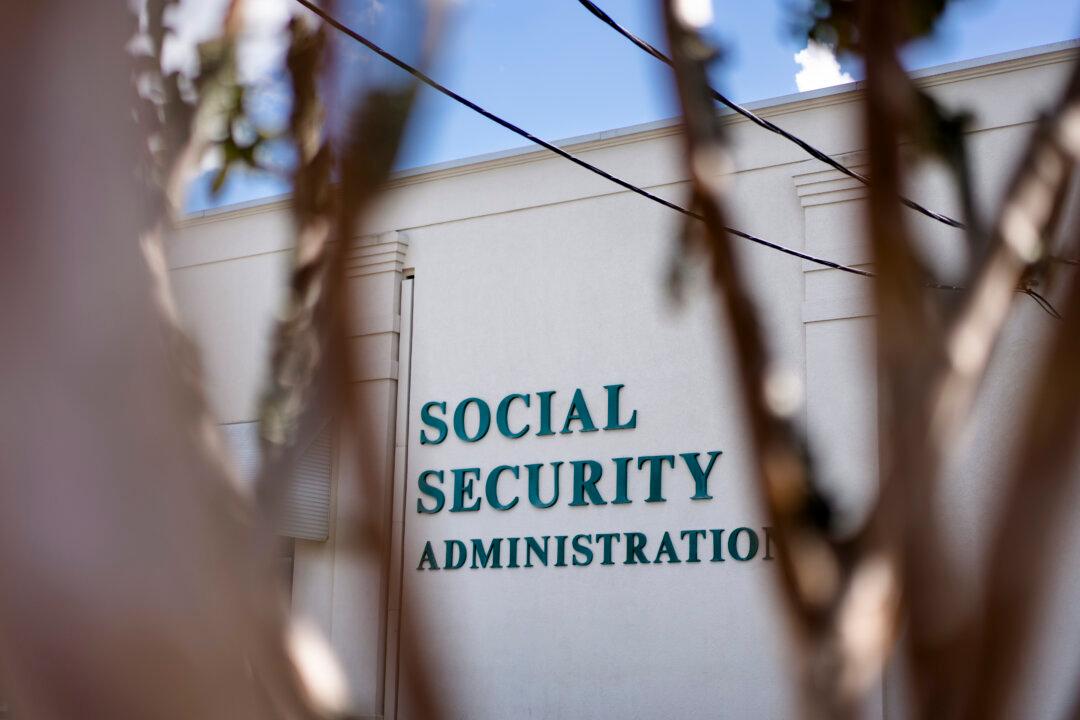The Miami-based CareMax health care network filed for bankruptcy on Nov. 17 after reportedly being unable to pay back loans amid rising interest rates and other inflationary pressures.
The health system had funded a growth spree by taking out loans, and started facing “increased costs, which were compounded by rising interest rates and corresponding increased debt service payments,” according to the filing. This made it difficult for CareMax to remain in compliance with certain loan provisions.
At the same time, the company’s net losses increased, industry-wide headwinds drove down profitability, and changes in reimbursement rates from the Center for Medicare and Medicaid Services cut revenues, while inflation continued to push up labor and other costs, according to the company.
CareMax is in the process of finalizing an agreement with another buyer to sell its operating clinic business. Details of the proposed terms and the buyer will be announced in the coming days after the deal is finalized.
The company has entered into a restructuring support agreement with lenders that hold 100 percent of the company’s secured debt obligations.
Lenders will provide $30.5 million to CareMax to support its operations during the restructuring process. The network said it expects the sales transactions to be completed by early 2025.
Health Care Bankruptcies
Multiple hospitals have filed for bankruptcy over the past year. In October, Clinical Care Medical Centers filed for Chapter 11 after facing “hurdles resulting from industry and regulatory headwinds.” The company had a highly leveraged balance sheet and faced liquidity challenges as well.The system was facing “challenges created by insufficient reimbursement by government payors as a result of decreasing reimbursement rates.”
In addition, it was burdened by “skyrocketing labor costs, increased material and operational costs due to inflation, and the continued impacts of the COVID-19 pandemic,” Steward stated at the time.
In 2023, there were 79 health care bankruptcies in the United States, the highest in the previous five years, according to Gibbins Advisors.
However, Gibbins pointed out that the lower numbers do not mean that the financial challenges in the sector have eased.
“The trend of lower bankruptcy volumes is not resonating with the amount of financial distress we are seeing in our practice,” Clare Moylan, co-founder and principal at Gibbins Advisors, said.
“A possible reason could be financial restructuring taking place out of court rather than in bankruptcy. We wouldn’t be surprised if the case volumes increased from current levels as the year progresses.”







